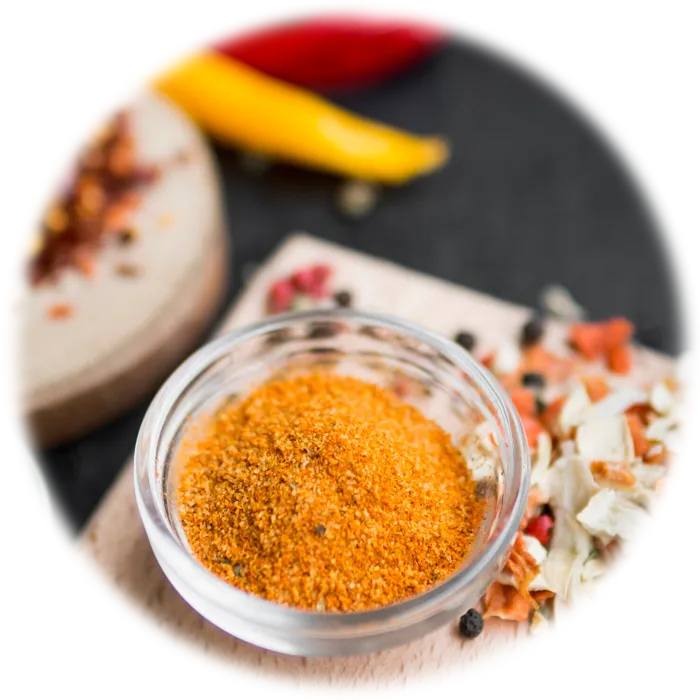
Nutritional properties of Japanese Curry
Energy :
120.00 Kcal / 100g
Category : Spices & Sauces
Group : Basic Spices & Condiments
Composition And Nutritional Value :Japanese curry is a thick, flavorful sauce made from a blend of spices, vegetables, and typically a meat or vegetable base. The spice blend usually includes curry powder, flour (used as a thickening agent), and other flavorings such as ginger, garlic, and soy sauce. It is rich in carbohydrates due to the presence of potatoes, carrots, and rice, commonly served alongside the curry. While the curry base is relatively low in calories, it can contain moderate amounts of fat and sodium depending on the recipe, especially if it includes meat or a rich stock. The curry also provides small amounts of vitamins and minerals from the vegetables used, such as vitamin A, vitamin C, and potassium.
Health Benefits : Health Benefits
Japanese curry offers several health benefits, primarily from the vegetables and spices used. Carrots and potatoes provide fiber, antioxidants, and essential vitamins, while the spices like turmeric (a key component of curry powder) are known for their anti-inflammatory and antioxidant properties. The ginger and garlic in the curry also contribute to digestive health and immune support. Additionally, the rice served with Japanese curry can provide energy through complex carbohydrates, though the overall healthfulness can depend on the amount of fat and sodium in the curry sauce. A lighter, vegetable-based curry can be a nutritious, balanced meal.
Culinary Uses : Japanese curry is often served as a comforting main dish, typically accompanied by rice, but it can also be served with noodles or bread. It is a versatile dish that can be made with a variety of proteins such as chicken, pork, beef, or tofu, and is commonly eaten for lunch or dinner. The curry can be used to top fried items like katsu (breaded pork or chicken) or served over rice in a curry bowl. It can also be used as a filling for croquettes or in stews. Japanese curry is mild compared to other curry styles and is often sweeter, making it appealing to a wide range of palates.
Types : There are several types of Japanese curry, with the most common being the mild, slightly sweet variety. The three main types are curry with pork, chicken, or beef. However, vegetarian versions are also common, often featuring tofu or a variety of vegetables. Additionally, the curry sauce itself can vary in thickness, from a smooth, velvety texture to a chunkier style with larger vegetable pieces. Some regional variations of Japanese curry, like those from Hokkaido, may incorporate local ingredients like seafood or dairy. Instant curry blocks are popular in Japan for their convenience and come in various flavors, from mild to spicy.
Shopping And Storage Tips : When buying Japanese curry, you can choose between pre-made curry roux (a block of curry paste) or make the sauce from scratch using curry powder and spices. Pre-made curry roux is commonly available in Japanese grocery stores and online, offering a quick and easy way to prepare curry. If you're making the curry from scratch, look for fresh vegetables and quality meat for a more personalized flavor. Store leftover curry in an airtight container in the refrigerator for up to three days or freeze it for longer storage. Rice should be stored separately and can be kept in the fridge for a day or two to maintain its texture.

